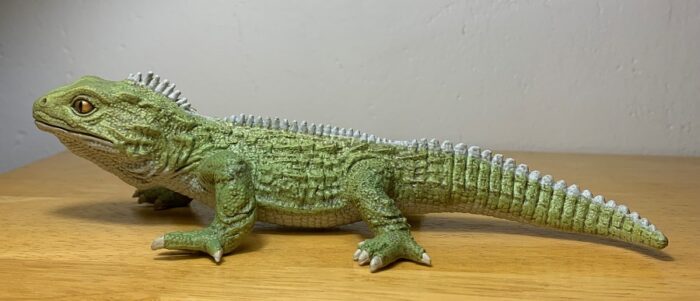Although they look like lizards the tuatara (Sphenodon punctatus) of New Zealand is in fact the last living member of the order Rhynchocephalia and not a lizard at all. This order of reptiles, closely related to squamata (lizards, including snakes), had their heyday during the Mesozoic, getting their start in the mid-Triassic and achieving worldwide distribution during the Jurassic.
Classification: Reptiles
King Cobra (Wildlife by CollectA)
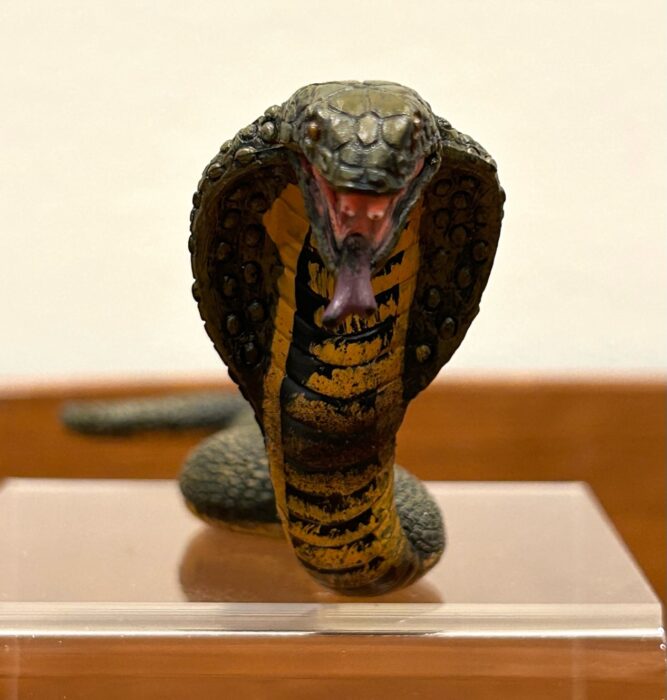
Review and images by Suspsy; edited by bmathison1972
The king cobra (Ophiophagus hannah) of Southeast Asia is actually not a ‘true’ cobra in the genus Naja, but it most definitely lives up to the first part of its name. It’s one of the more deadly venomous snakes, fully capable of killing animals up to the size of Asian elephants with a single bite.
Nile Crocodile (Saltwater Crocodile) (Incredible Creatures by Safari Ltd.)
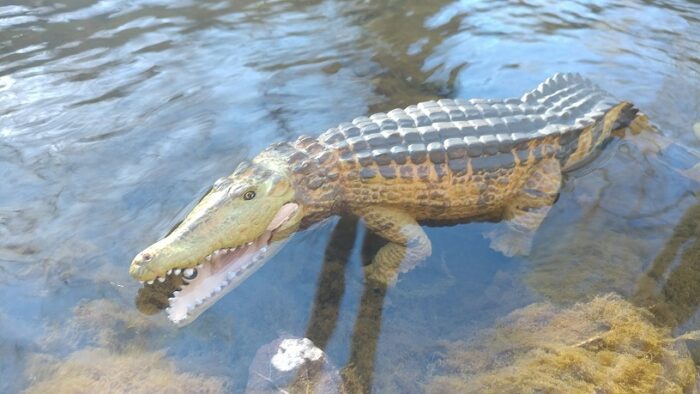
One of the most powerful animals in the Animal Kingdom, having a bite force of over 3,000 psi and able to hold its breath underwater for over an hour, the crocodile is an impressive animal that is feared and yet even revered in some cultures, notably the Ancient Egyptians who worshipped them.
Saltwater Crocodile, ‘Fiona’ (G.I. Joe: Classified Series by Hasbro)
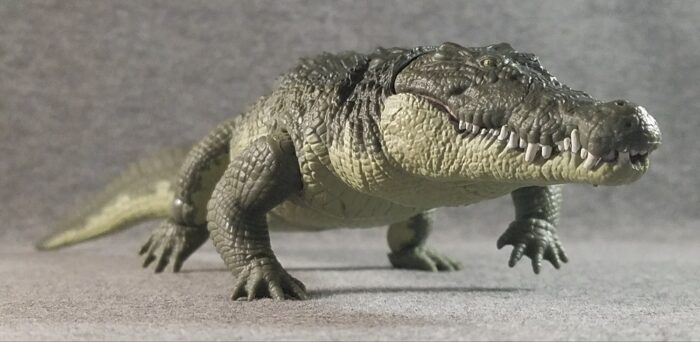
Review and images by Fembrogon; edited by bmathison1972
G.I. Joe is not a franchise I have any prior affiliation with or affection for; it just never crossed my radar in any meaningful way growing up. Show me a big, articulated reptile toy, however, and I will gladly offer any merchandise brand a moment of my time.
Green Iguana (Wild Life America by Schleich)
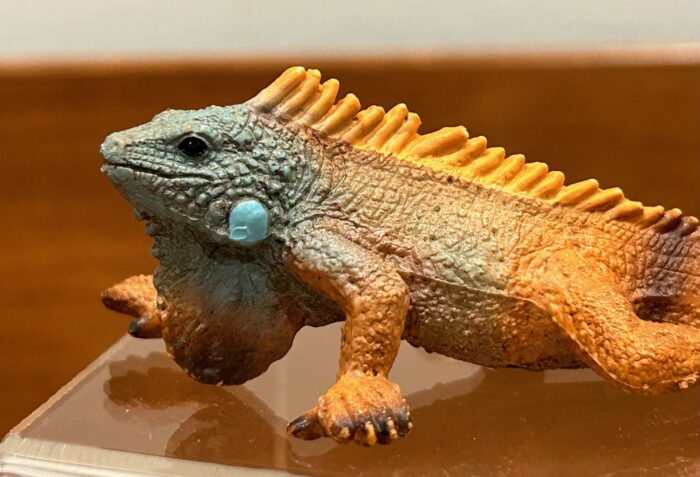
Review and images by Suspsy; edited by bmathison1972
The common or green iguana (Iguana iguana) is a reptile of many titles. It’s the largest member of the iguana family, measuring up to 1.7 metres from head to tail, with most of that length being tail. It has probably the widest distribution of any lizard, ranging throughout most of South America and all the way up into southern Mexico, plus it’s been introduced to places like Florida, Hawaii, Singapore, Thailand, and Taiwan.
Cryptozoology Designer TOOB (Safari Ltd.)
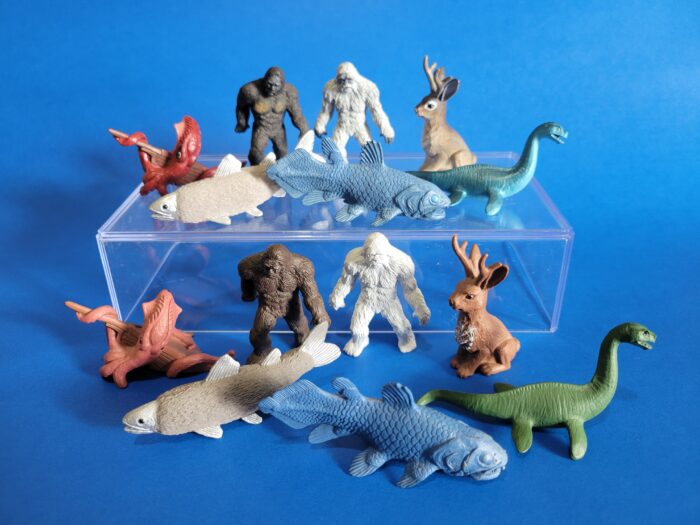
Review and images by Saarlooswolfhound; edited by bmathison1972
This article marks my first multiple model (Safari Ltd. TOOB) production! Presented here are 14 figures, 7 original pieces and 7 later re-released with updated paintwork. The Cryptozoology Designer TOOB by Safari Ltd. #677504 was originally released in 2013 with simplistic paintwork, then re-released a few years after retirement with much improved paint schemes for most of the figures.
Chameleon (Wild Life Africa by Schleich)

Review and images by Suspsy; edited by bmathison1972
Chameleons are a wondrous family of lizards famous for their colour-changing abilities, independently moving eyes, and lightning fast tongues. They are found throughout all of Africa and Madagascar, and range all the way into the Middle East, southern India, and parts of southern Europe.
Alligator Snapping Turtle (Wild Republic – Living Stream by K&M International)
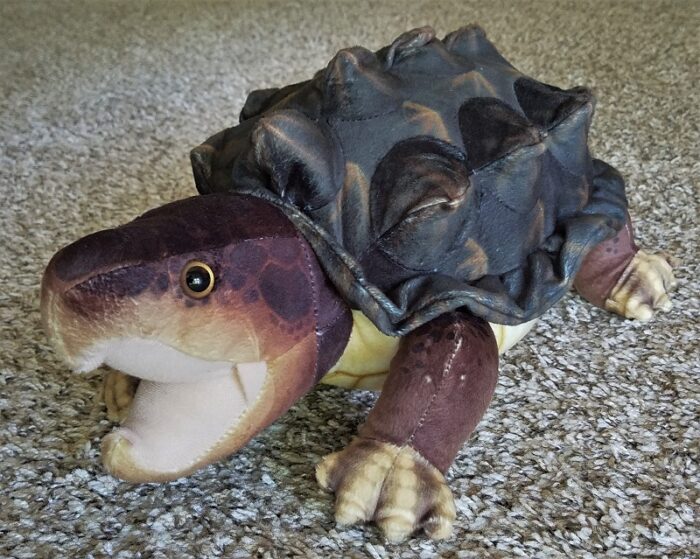
Review and images by Fembrogon; edited by bmathison1972
Turtles and tortoises don’t seem to get the same bad rap their reptilian relatives have historically suffered; perhaps their slower nature, omnivorous diets, and long lifespans have endeared themselves to human sensibilities better. Not all testudines are harmless, however, and as a kid who liked his predators, I was always most enamored with the big-beaked, carnivorous snapping turtles.
Caiman (Wild Safari Wildlife by Safari Ltd.)
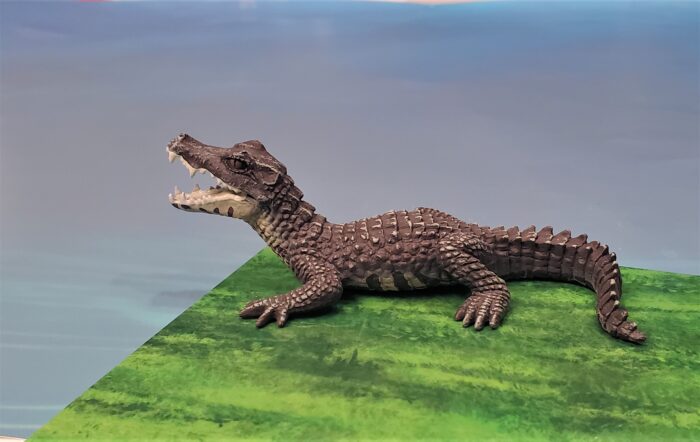
Today I will be reviewing the 2019 caiman by Safari Ltd. I was inspired to review this figure after it came up for my daily Museum post and all the exhaustive research I did on determining its identification. Let’s discuss the identification first, shall we? Safari Ltd. only marketed this figure as a caiman, mentioning both the genera Caiman and Melanosuchus on their website.
ASSASSIN FANG Venomous Snakes (Takara Tomy A.R.T.S.)
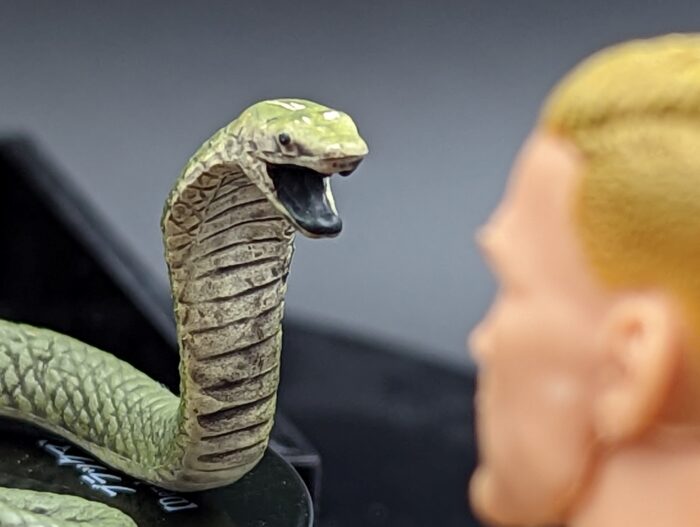
I’m a little late to the Hallowe’en party this year…but better late than never. And in that spirit, here’s a set of animals that, if you mess with them, ‘late’ could be your proper adjective. Animals that as a group tend to create a visceral if generally unnecessary fear and loathing, even though most are harmless.
Nile Crocodile, 2007 (Wild Animals by Papo)
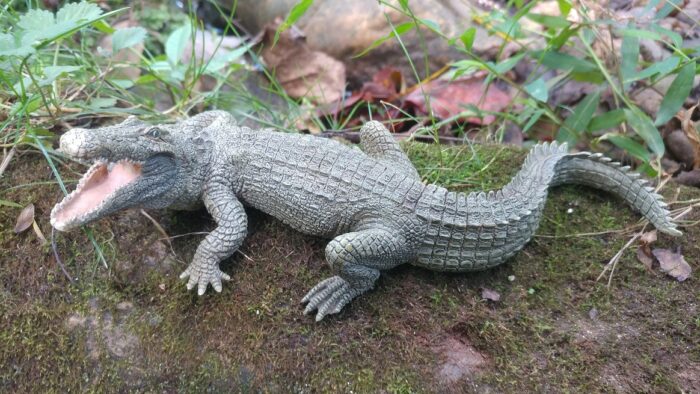
Ever since the beginning of civilization, ancient humans in Africa and the Middle East have been fascinated by the crocodile. The Nile crocodile (Crocodylus niloticus) once had a much larger range–all over Africa and even in Western Asia and the Middle East. A species of Nile crocodile lived in the Jordan River in Palestine until 1912, when the last known one was caught.
Collared Lizard (Conservation Critters by Wildlife Artists, Inc.)

Review and images by Febrogon; edited by bmathison1972
Dogs, cats, and teddy bears tend to be the general preference for people wanting a stuffed animal; but I’m the sort of person who would rather cuddle a giant squid or lizard if given the chance. Naturally, good plush toys of creatures like reptiles are relatively less common, so I couldn’t help my attention being grabbed by a very nice-looking collared lizard on the shelf of the gift shop while visiting the Zion National Park last year.

